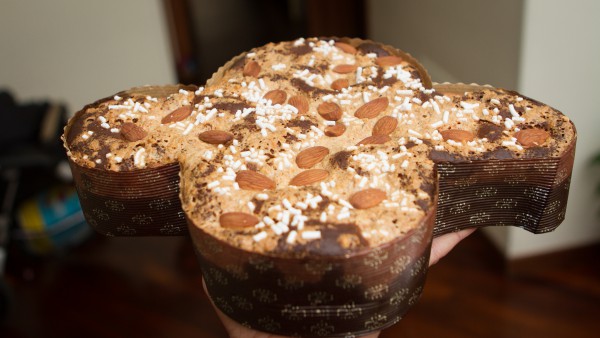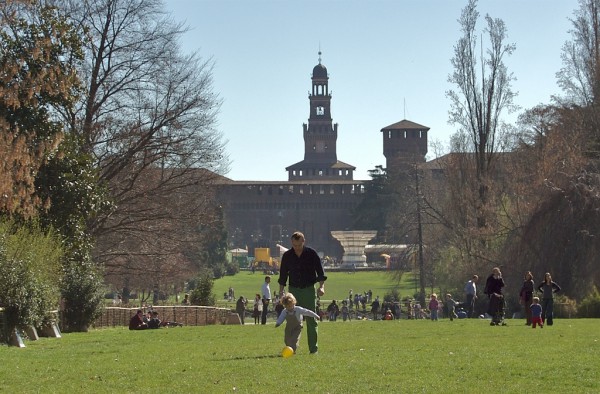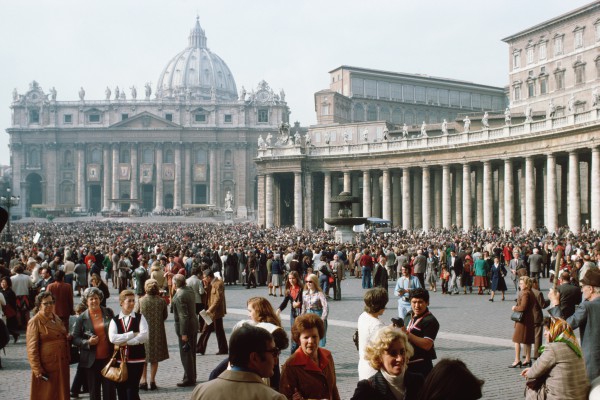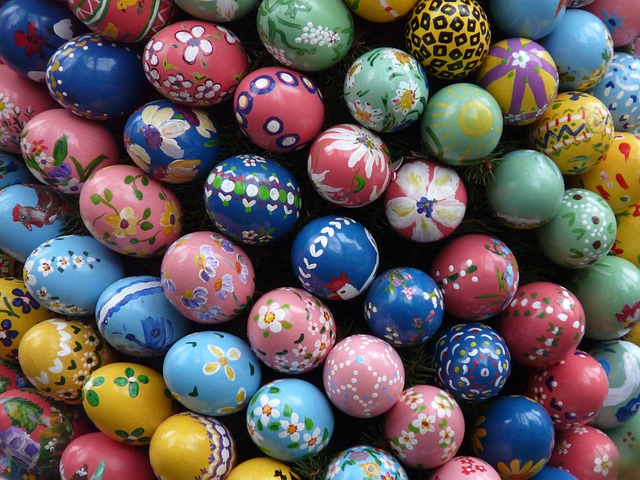Italy is a country of deep and old traditions, and from region to region you will notice many differences, but when it comes to big festivities like Easter there are notable similarities from north to south. Pasqua is Italy’s second most important holiday after Christmas and if you want to know how Italian celebrate it, all you need to know are just 5 words. Yes, Italian Easter can be recapped and explained with 5 words that around Easter time become buzzwords. You will hear them from Piazza Duomo in Milan to Piazza Castelnuovo in Palermo!
#1. Uova di Pasqua
I’m sorry, I can’t start this list without talking about food… Because you know, for Italians every celebration (okay… every day, if we’re being honest) is the perfect occasion to cook, eat and spend time with your family, and Easter is not an exception! The uova di Pasqua (Easter eggs) are without a doubt Italy Easter’s symbol. They are egg-shaped piece of chocolate, that usually contain a surprise, wrapped in colorful, bright paper. Right after Carnival, grocery store shelving is stuffed with uova di Pasqua of every size, color and chocolate flavor. As a child, I remember that Easter was as exciting as Christmas, and I used to spend Lent receiving dozens of uova di Pasqua from relatives and friends. I used to align them in my living room, from the biggest to the smallest, and patiently wait for Easter morning to unwrap them all and see what surprises they contain. Easter mornings were an explosion of silvery papers, untied ribbons and chocolate… lots of chocolate! Besides the common uova di Pasqua you buy in the stores, there are gourmet ones made by the pastry shops that are so beautiful that you feel bad eating them. So basically, if you are in Italy around Easter time “uova di Pasqua” will be the hot topic and after Easter the problem will be how to work off all that chocolate!
#2. Colomba
The second word you need to know about Italian Easter is “Colomba”, which means “dove”. But before you get grossed out, know that we don’t eat doves, at least not the real ones… When you hear people talking about Colomba in Easter time they are referring to a typical dessert, a dove-shaped cake. The dough of the Colomba is very similar to that of Panettone, but it’s topped with almonds and pearl sugar. This is the classic dessert at any Easter meal in Italy; however, if you don’t like it don’t worry… There must be some uova di Pasqua leftovers somewhere…

#3. Pasquetta
When we talk about Pasquetta we refer to the Monday after Easter. In Italy Easter Monday is a national holiday and a great opportunity to plan outdoor activities to enjoy spring and work off all the uova di Pasqua, Colomba and meals we had to celebrate that Lent is over. The Easter holidays are a great opportunity for Italians to plan a short trip since the break covers a long weekend. Pasqua is a festival you spend with your family, and many Italians take a trip to visit far-off relative, and Pasquetta is usually dedicated to cultural activities or country outings. If the weather is nice parks, lakes, and beaches will be mobbed by Italians craving for the first taste of spring.
As Pasquetta is a national holiday, most of the shops and restaurants will be closed, so if you are planning to visit Italy this time of the year consider that. Moreover, cities, museums and roads will be packed. If you want to go from one place to another use the train; it is the best choice for both short and long distance transfer, and you will be impressed by our train network!

#4. Museo
Italian families plan to pay a visit to a museum during Easter holidays because the main ones are usually open for Pasquetta. You will hear the word “museo” specially if the weather is not good and the outdoors activities must be cancelled. In order to know the hours and which ones are open the best resource is the Ministry of Cultural Heritage and Activities web site, every year they provide a list of the museums open during Easter holidays.
The risk of visiting a museum on this day is that you will probably spend a lot of time in line because besides Italians there will be tourists as well. A great tip is to plan your museums itinerary and book your tickets in advance. In addition, keep in mind that during this time of the year Rome is the most crowded city due to the fact that it has several Catholic pilgrims visiting the Vatican and attending the Papal audiences. That’s not to discourage you from visiting – it is truly a great time to visit the Vatican because of the meaning of this holy festival.

#5. Feste popolari and Processioni Religiose
In Italy Easter is closely tied to its religious meaning. For this reason every town will have its processione religiosa to celebrate the religious heart of Easter. This traditions are very heart-felt in my country and if you have the chance to attend to one of them you won’t regret it. Usually the processions cover all the Easter holidays so don’t fret if you miss one… there’s probably another the next day! Every city has its own festa popolare – for instance, in Florence there is the Scoppio del Carro during which on Easter Sunday a cart full of fireworks is lit by a dove-shaped rocket, la Colombina, to bring good harvest, stable civic life and business. In Sardinia there is a whole week of celebrations, called the Holy Week, very similar to the Spanish Semana Santa (due to Sardinia’s past history and links to Spain). The most spectacular processions are without a doubt in the south of Italy: The Good Friday Procession in Enna involves more than 2,000 people dressed in ancient costumes, and in Trapani there is one called Misteri di Trapani that last 24 hours!
Have you ever experienced these Easter traditions? Share with us below!
